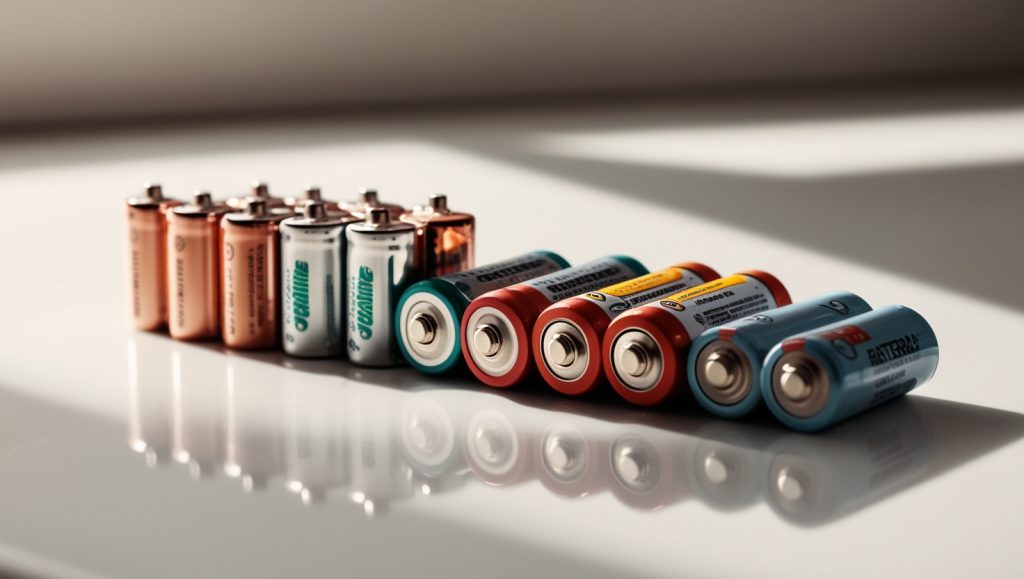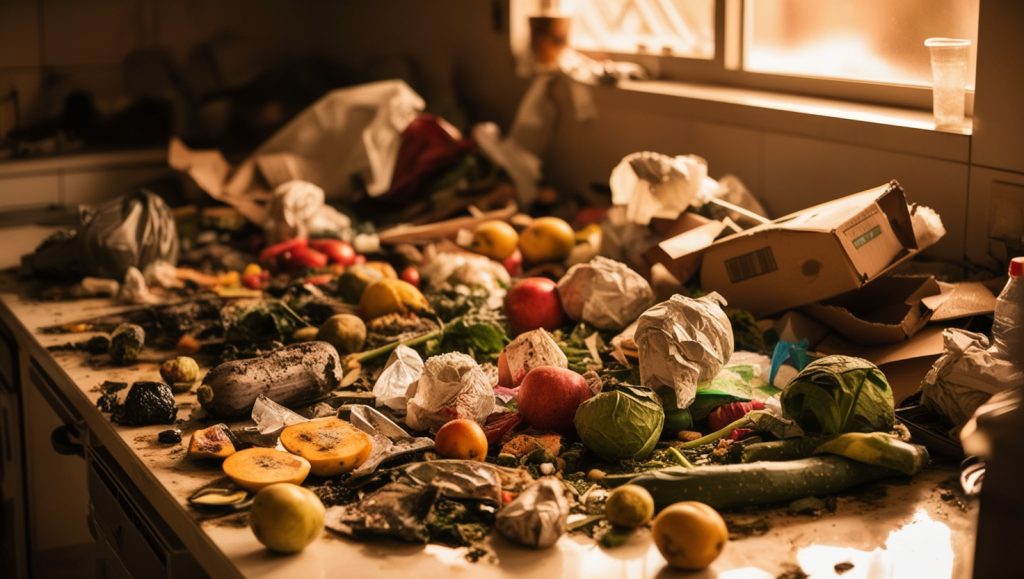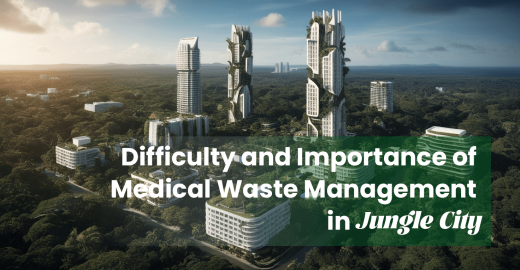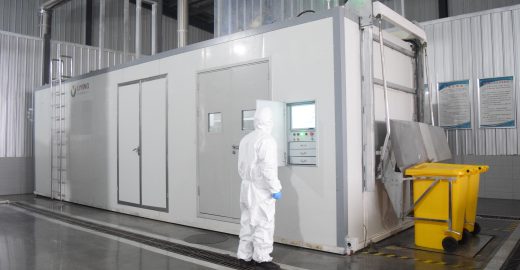Time:
In the modern medical system, the safe treatment of medical waste is an important part of safeguarding public health and environmental health. With the advancement of science and technology, microwave treatment equipment for medical waste has gradually become the first choice of many medical institutions for its high efficiency and environmental protection.
However, it is worth noting that not all medical waste is suitable for disposal through microwave treatment equipment. Today, we will unveil those substances that can not be “in the same frame” with the medical waste microwave treatment equipment, to ensure that your treatment process is both safe and compliant.
First of all, batteries, as a common item in daily life, are a “no-go” area for medical waste treatment because of the heavy metals they contain (e.g., lead, mercury, cadmium). These toxic substances may become more active at high temperatures, and if they enter the microwave treatment equipment together with the medical waste, they will not only damage the equipment, but also aggravate the environmental pollution, posing a threat to human beings and the ecological environment.

Radioactive substances, such as radioactive waste liquid, waste, etc., have a strong penetrating and destructive power. The treatment of such substances requires a very high degree of specialization and strict protective measures, and microwave treatment equipment is obviously unable to meet these requirements. Mixing radioactive substances into medical waste for microwave treatment is tantamount to creating a potential “radiation source”, posing great risks to operators and the surrounding environment.
Chemicals, solvents and other hazardous materials are also common in the medical field. These substances are often flammable, explosive, toxic and other characteristics, once improperly handled, it is very easy to cause safety accidents. The high temperature environment of microwave treatment equipment may accelerate the reaction speed of these dangerous goods, leading to serious consequences such as explosion and fire. Therefore, handling hazardous materials separately from medical waste is the only way to ensure safety.
Although medical processes generate large amounts of waste containing human tissue, intact human remains, organs or large tissue blocks are not suitable for disposal via microwave treatment equipment. These items often require specialized, dignified treatment following more stringent legal and ethical standards. Mixing them with clinical waste for microwave treatment is not only disrespectful to the deceased, but may also give rise to legal disputes and social controversies as a result of improper handling.
Last but not least, non-clinical waste such as household waste and food remnants should not be disposed of together with clinical waste. These items will not only increase the treatment cost, but may also interfere with the normal operation of microwave treatment equipment and reduce treatment efficiency. More importantly, they may carry different sources of pollution and increase the risk of environmental pollution.

In short, although the medical waste microwave treatment equipment is good, but it is not a “master key”. Correct separation and categorization of all types of medical waste and unacceptable items is the key to ensuring a safe, compliant and efficient treatment process. Let's work together to build a “firewall” for medical waste treatment and contribute to public health and environmental safety.

What is the Polluter Pays Principle The Polluter Pays Principle, abbreviated as PPP, means that the entities causing pollution should bear the costs of pollution…

Forests and wetlands are crucial components of the Earth’s ecosystems, serving multiple functions such as climate regulation, water purification, and biodiversity maintenance. With the acceleration…

Of course! LI-YING has extensive experience in the harmless treatment of medical waste, particularly with microwave technology. Our equipment is distributed globally, serving over 300…
PDF Request